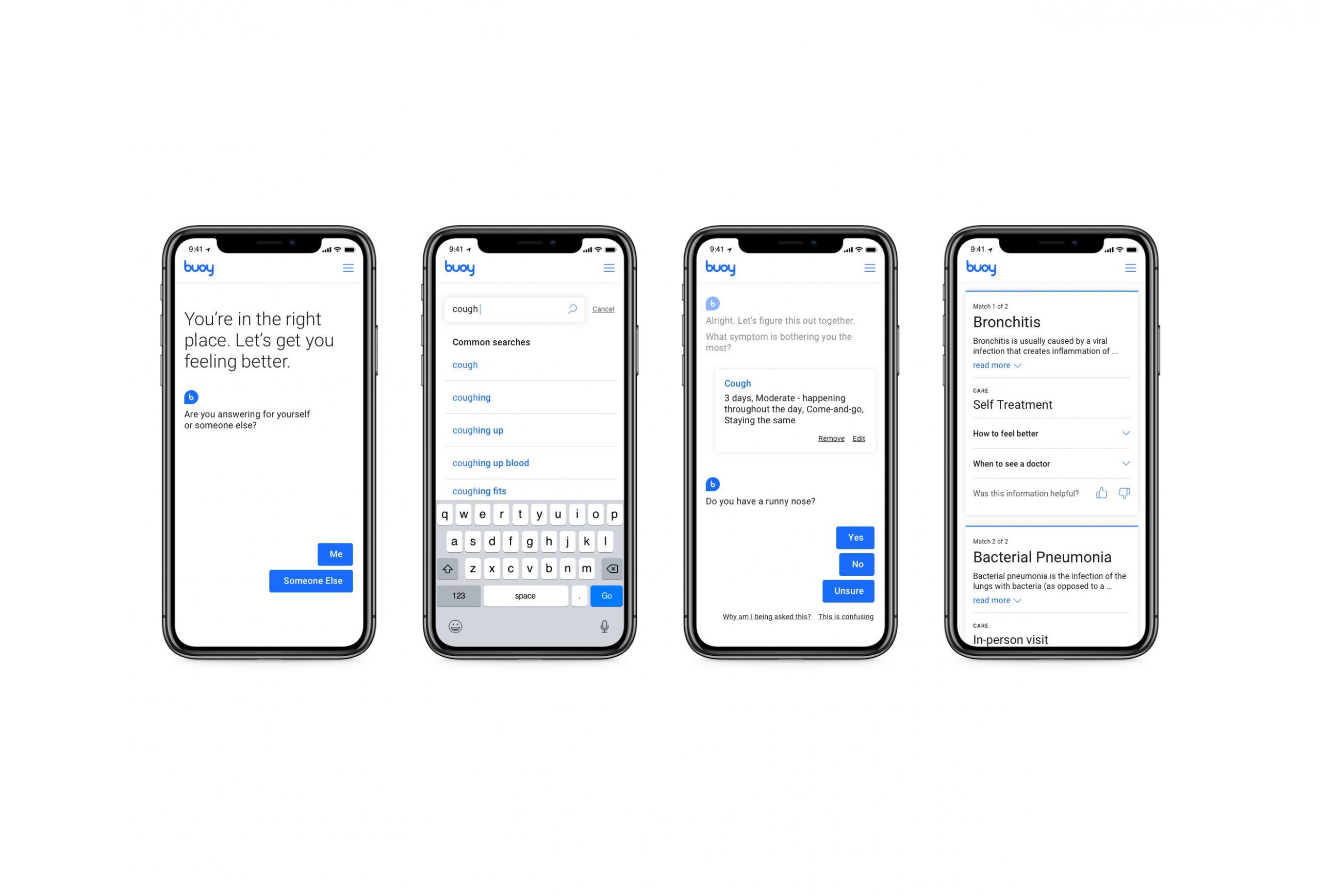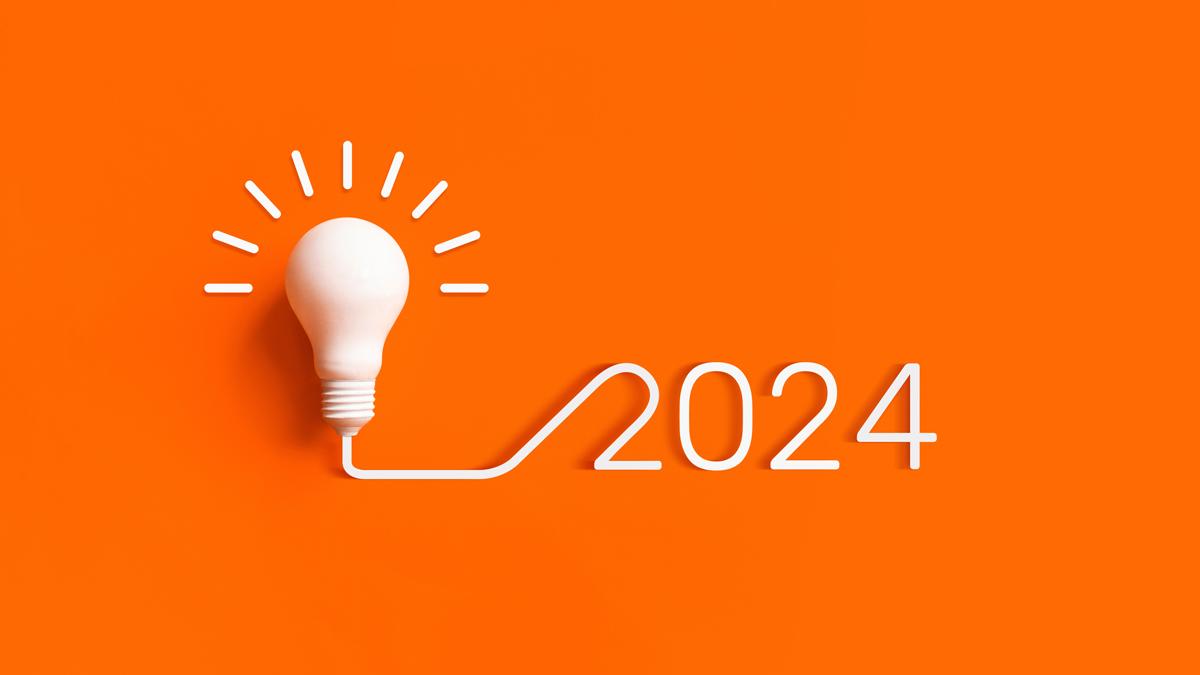Chatbot decreases uncertainty among patients - research

A free chatbot helped to decrease uncertainty among patients at a time when people are turning to “Dr Google” for diagnosis, a study found.
New research published last week by the Journal of the American Medical Association (JAMA) found that Buoy Health’s free chatbot helped decrease the rate of uncertainty among patients.
Patients using the technology were also more likely to decrease their intended level of care after using the technology.
Researchers found the proportion of patients who were uncertain about their health concern decreased from 34% to 21% after using the technology.
After looking at a sample of 158,083 interactions with Buoy Health’s chatbots, the researchers found that 32% of users reduced the urgency of their intended level of care, 65% of patients reported that the urgency of their care remained the same and 4% increased the urgency of care.
Reproductive health was the top reason patients used the service – accounting for 18% of interactions, followed by general (17%) and gastrointestinal (15%) conditions.
Patients in the research could tap into the free chatbot and list any concerns or symptoms.
At the beginning of the encounter users were asked their intended level of care, and were then presented with seven options.
These included uncertain, wait and watch, self-treatment, telemedicine, primary care, urgent care, and emergency room care.
Research has shown that young people from “Generation Z” want to see the UK’s NHS introduce digital solutions including chatbots to help manage their care.
The 2018 research from Roche UK showed 82% of those in the 16-24 year old age bracket want to see more use of digital technology on the NHS.
Findings showed nearly two thirds (63%) of young people would be comfortable with a chatbot giving them a diagnosis when they are ill, compared to just over one in three (38%) of those over 55.













